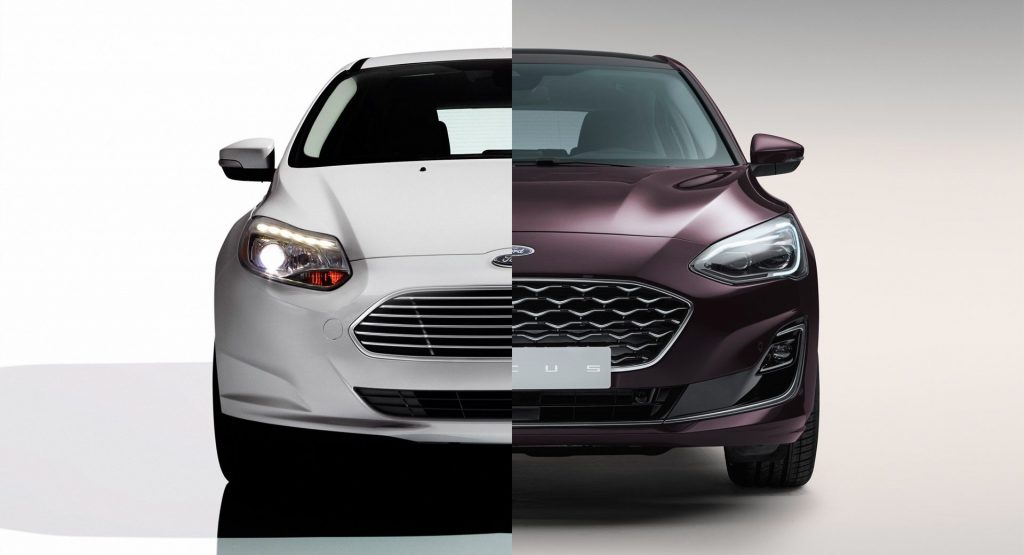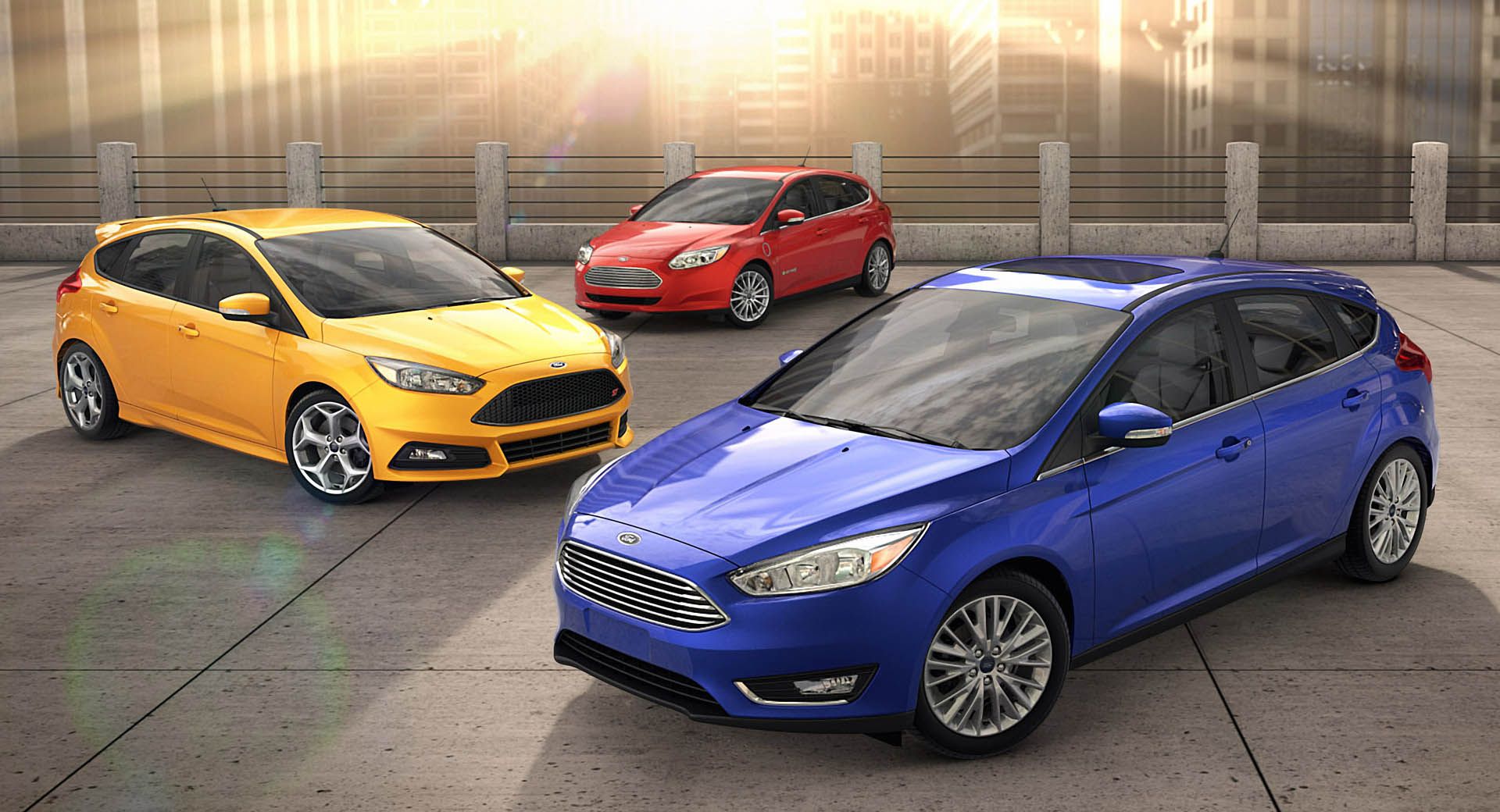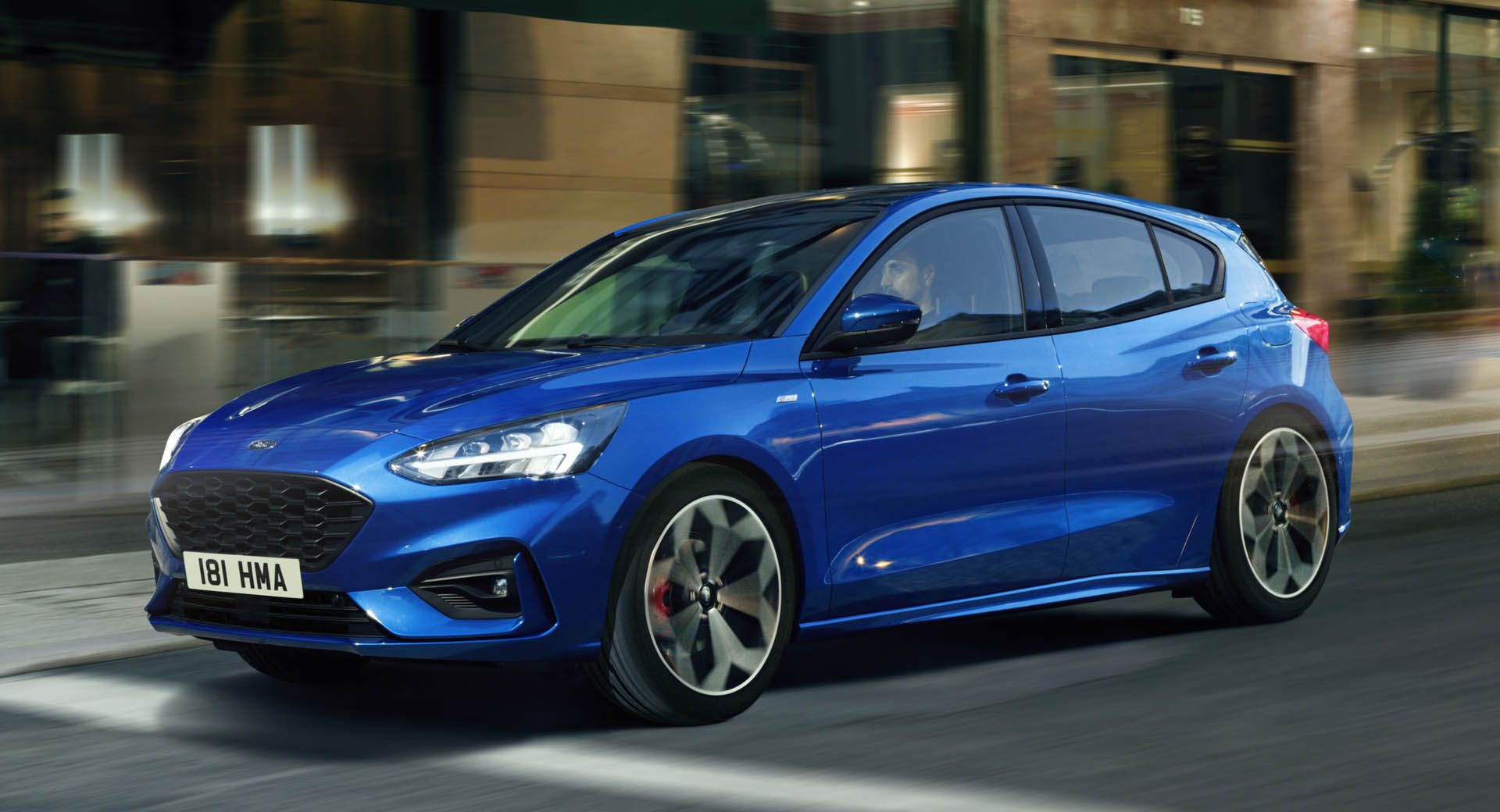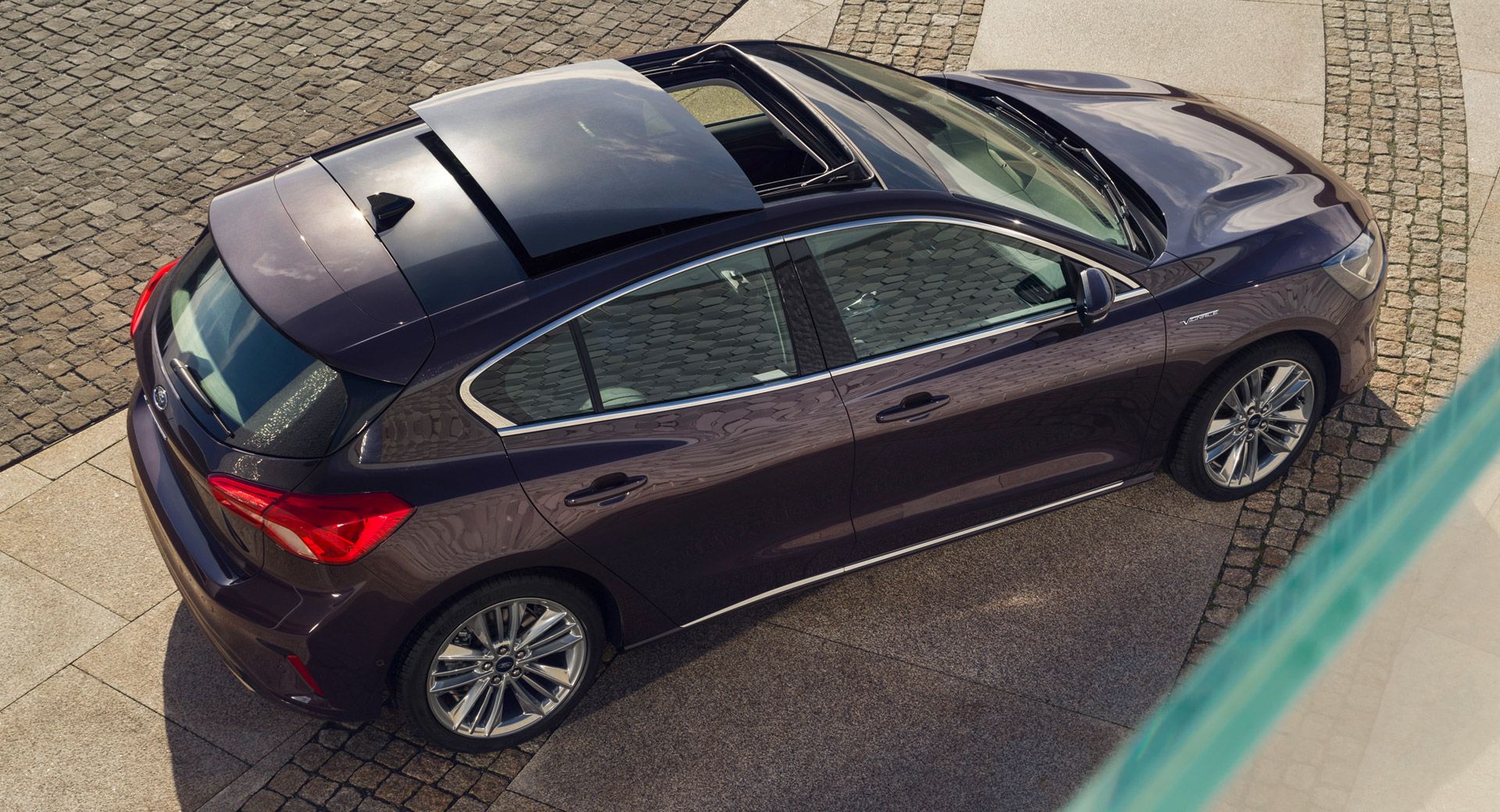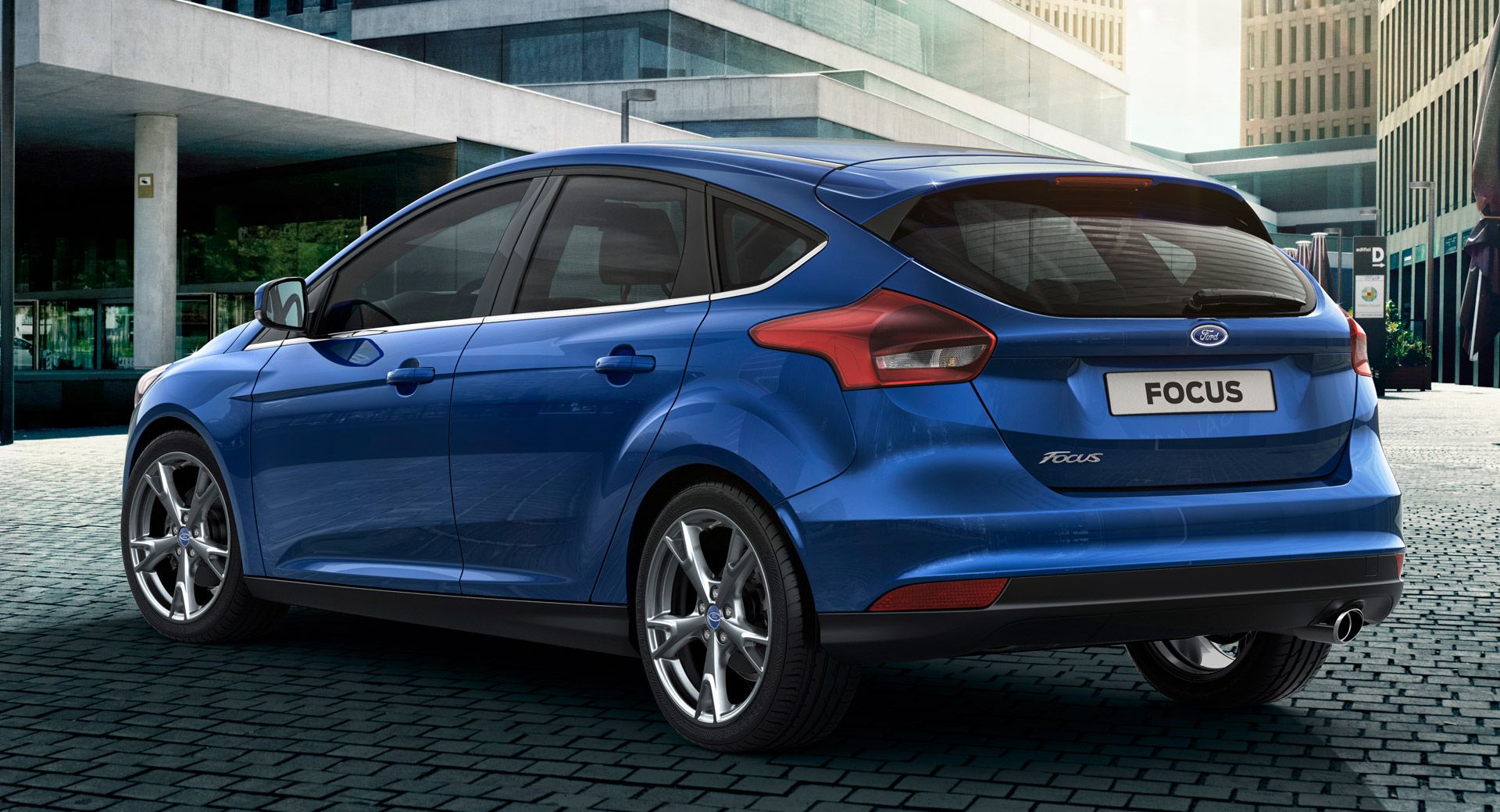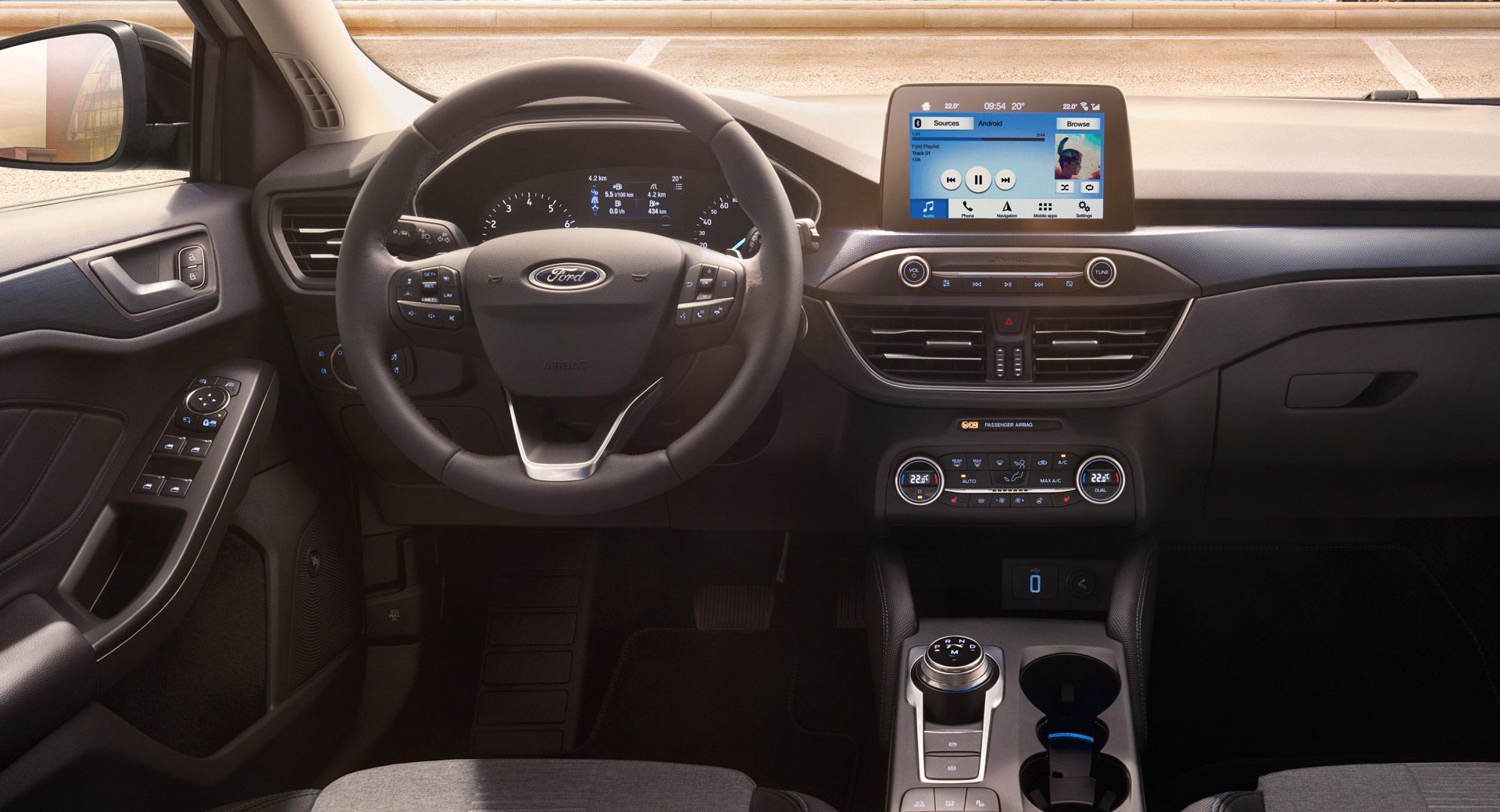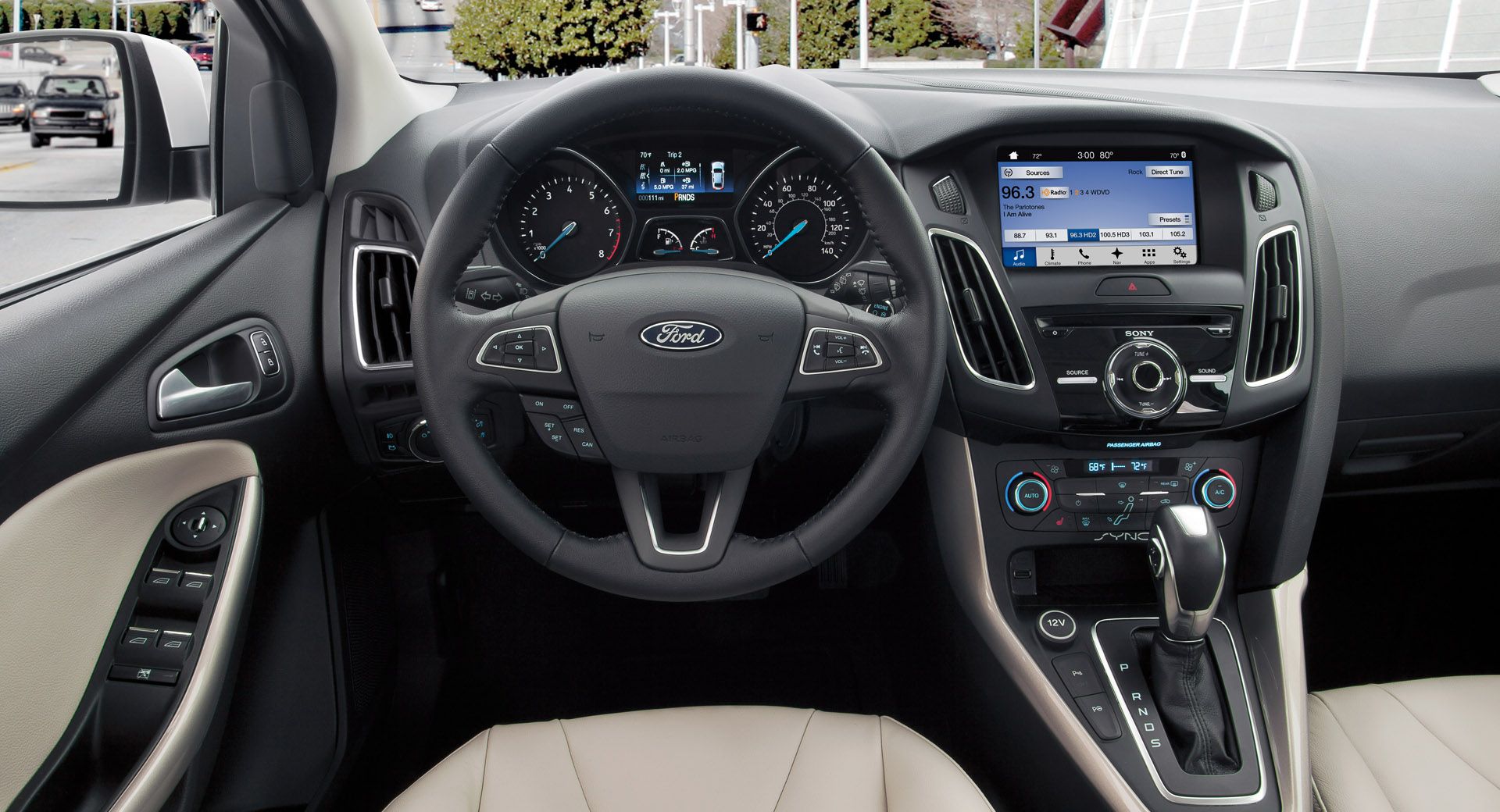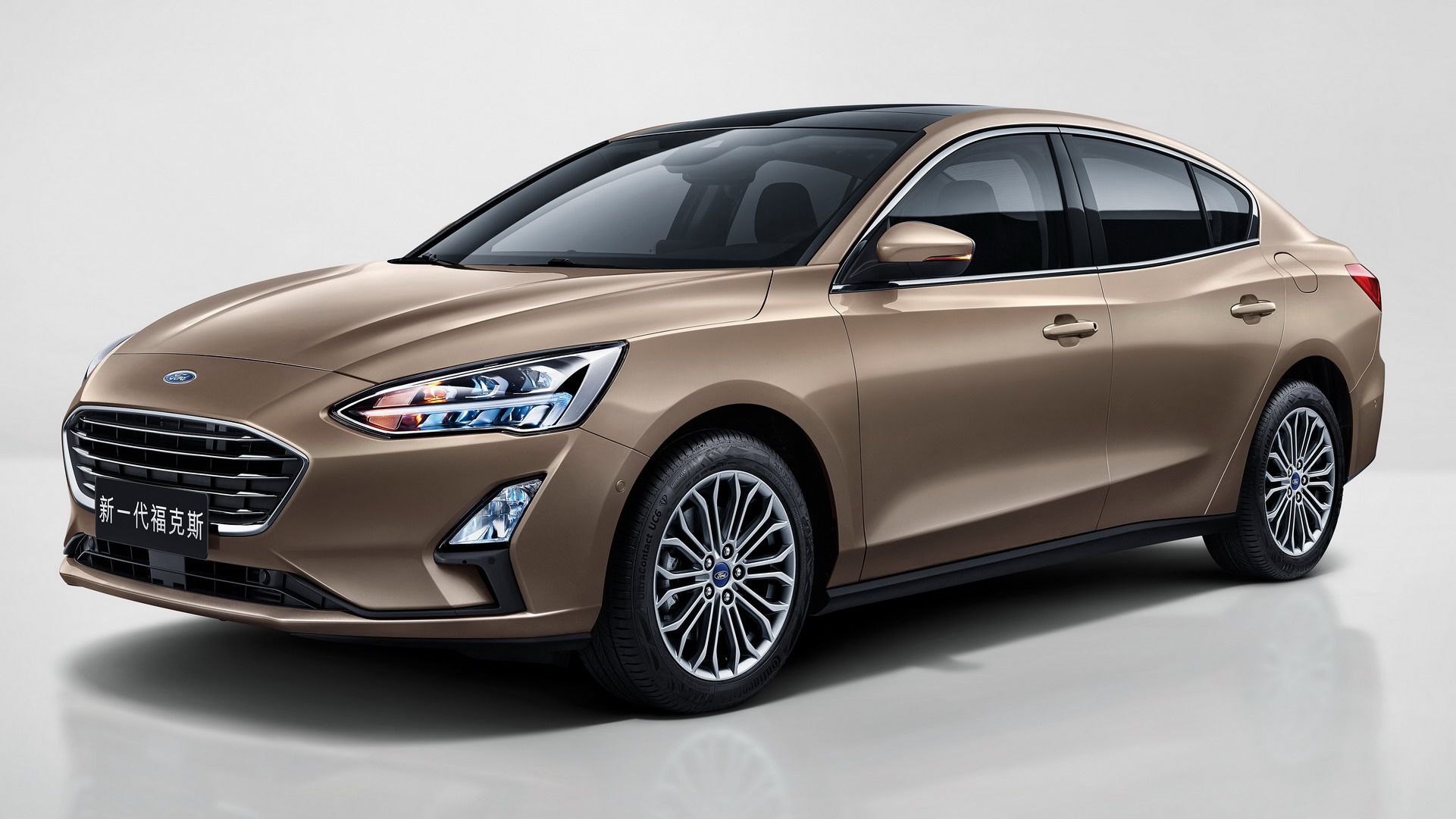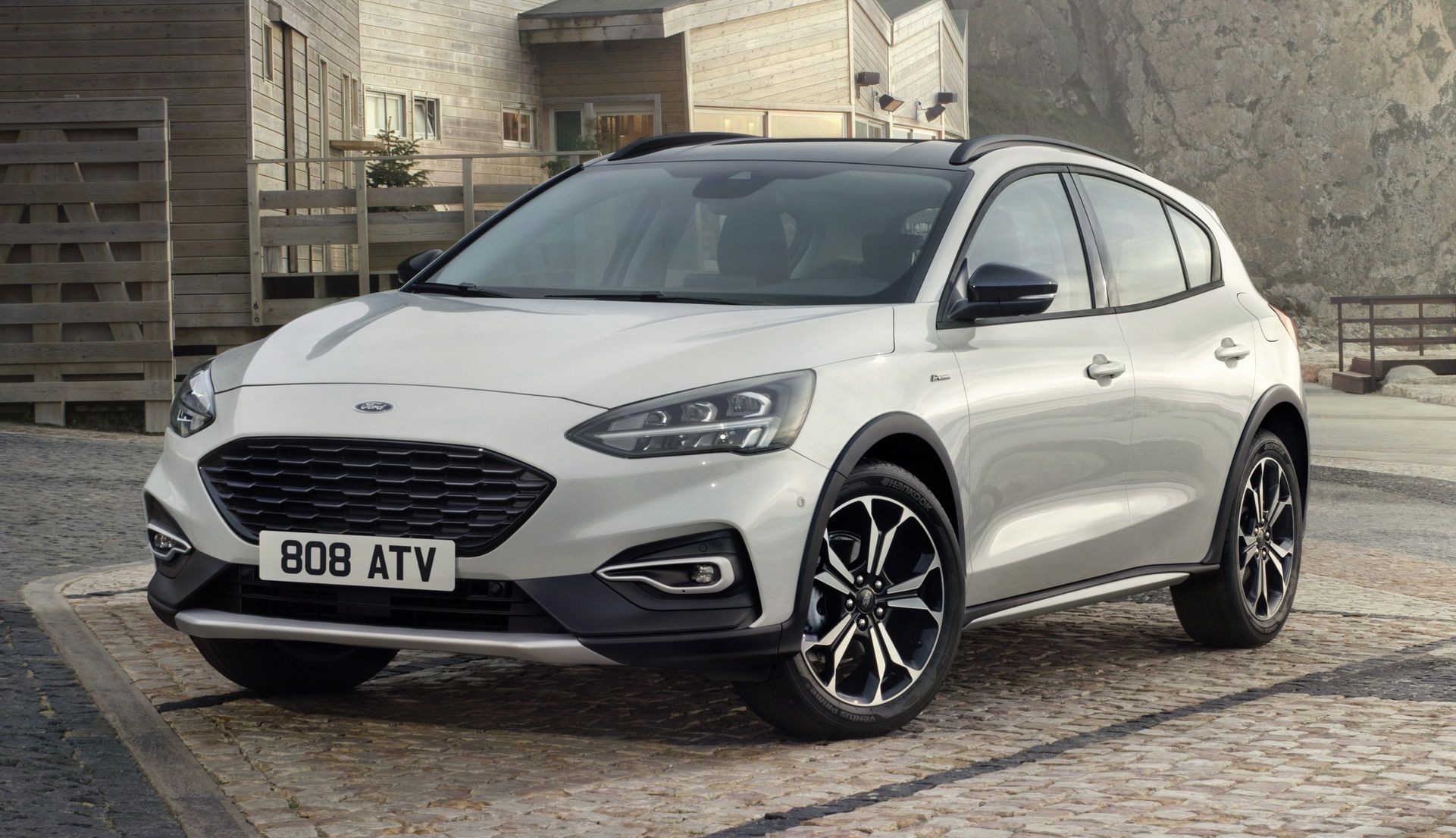Ford has been hard at work rolling out new models lately. But few will be as important – to the manufacturer and to consumers – as the new Focus.
Just last year, Ford sold 158,385 examples of the Focus in the United States alone. That makes the compact model Dearborn’s second best-selling car, and a bigger seller than most of its trucks. (Only the Fusion, Explorer, Escape, and F-Series outsell it.) And that’s not even counting other markets overseas, where the Focus accounts for an even higher proportion of Ford’s sales.
And that’s after the current Focus has grown long in the proverbial tooth. The last time Ford replaced the model completely was in 2011. The following year, it sold nearly 246,000 of them, just in the US. In 2000, two years after the original’s introduction, it sold over 286,000.
Those are figures that the Blue Oval will undoubtedly be hoping to reach – if not exceed – with this all-new model… even in the current crossover-crazy market. And while the full picture has yet to come into, um… Focus, it’s clear just from looking at its design that the new Focus represents a marked improvement over the long-serving model it replaces.
Revolution Over Evolution
On the spectrum of redesigns, Ford has evidently favored a more revolutionary approach than an evolutionary one. It’s clearly a Focus, but it’s also immediately evidently that it’s a completely new one.
The automaker has resisted the urge to enlarge the new Focus to bloated proportions. But while the size hasn’t changed, the proportions have. With a cab-rearward design, the new model has a longer hood to give it a sportier profile. Yet the new Focus boasts more room inside for cargo and passengers, with easier ingress and egress.
Ford has draped that updated form with entirely new sheetmetal that looks more dynamic than the angular outgoing model. Where the third-gen Focus was all sharp creases, the new one has softer curves. Not quite the jellybean of the last Escort, but not as angular as the three iterations of Focus that have come between, either.
The new face is dominated by a larger trapezoidal grille. The lower openings in the bumper vary in style between the various trims, but look wider on most. The headlights are more shapely, and better frame the longer hood. The flanks are more sculpted, and from the rear three-quarter view especially, it looks decidedly more upscale than its mass-market position would suggest. Especially in the more premium trim levels, which start to more closely resemble a Mercedes A-Class or Infiniti Q30 than a budget hatchback.
Premium Feel For The Mass Market
The updated, upscale look and feel continue inside, where the Focus has been thoroughly reworked for the modern era. Instead of bland expanses of black plastic in an upright, vertical orientation, the new dashboard is broken up by wide horizontal forms in mixed materials for a more open environment.
The tiny enveloped screen in the dashboard is replaced by an 8-inch touchscreen protruding from the center. And where a conventional shifter was, the automatic transmission is now controlled by a low-profile rotary dial. The seats look more comfortable and supportive, the trim more up to date, and the overall environment decidedly higher-rent.
Add to that list more room all around, and the latest equipment one of America’s largest automakers can muster, and the new Focus looks like it’ll be in another league from the aging model it replaces.
More To Come
Ford’s already showcasing the new Focus in five-door hatchback and wagon bodystyles, and in four trims: Active, ST-Line, Titanium, and Vignale. We likely won’t get all those versions in America, where we’ll also likely see a sedan version. And we can look forward to ST and RS performance versions as well. But from what we can see so far, it looks like the new Focus has both sharpened and softened where appropriate. And it ought to serve both the automaker and its customers well for years to come.



